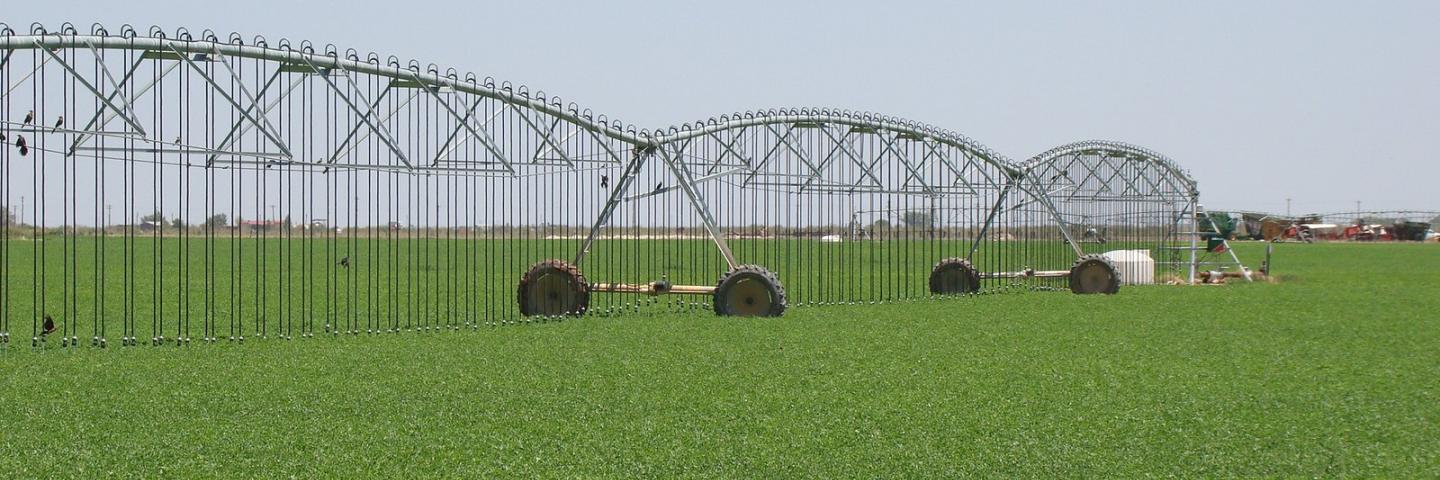
Knowing the benefits and cost of conservation activities is essential to making good decisions and investments that are cost effective.
About the Benefit-Cost Information
Basic benefit-cost information has been identified for all 175 NRCS Conservation Practices in the form of one-page documents. Each document has the same format and data categories, making it is easy to compare practices. Each document contains general talking points about the conservation practice. The conservation planner can easily review the document and discuss the benefits and costs of each conservation practice with the client. Each document contains qualitative information and does not contain units, numbers or dollar estimates. Quantitative data is added later when the planning site, resource concerns and goals and objectives of the client are identified.
The templates are used in the NRCS nine-step planning process as described in the National Planning Procedures Handbook and in Economics Technical Note: TN 200-ECN-1, Basic Economic Analysis Using T-Charts (August 2013).
The initial benefit-cost information came from the NRCS Conservation Practice Standard and the Conservation Practice Physical Effects Matrix. Additional quantitative data would come from the land user, conservation planner, technical specialist and local agricultural supply vendors and contractors. NRCS can not guarantee every benefit and cost in the template will occur on every project, but we can say there is a high likelihood they will occur. Ultimately the conservation planner will determine the actual benefits, costs, probability and magnitude of occurrence. The worksheets contain general talking points about conservation practices for the conservation planner to discuss with the land user and focus on the benefits and costs of each conservation practice.
Steps for Conducting an Economic or Financial Analysis
Step 1. Fill out the Conservation Practice Effects template.
Step 2. Identify a specific site for analysis (farm, field or regional level), edit the template for local conditions, add or delete effects in the template relevant to the site, add units and quantities of farm inputs and outputs.
Step 3. Place a dollar value on as many variables as possible, put all units in the same time frame (using amortization ($/Acres/Year) or net present value ($/Acre)) so benefits and costs can be compared. Data comes from the land user, conservation planner, technical specialist and local vendors.
Step 4. Combine several conservation practices into a conservation system, which is how most conservation practices are applied at the field level.
Benefit-Cost Worksheets
Conservation Practice Name (Code)

